We love museums! They are windows not only into the past of a culture, but also into what interests that culture. Vienna is loaded with museums and trying to take them all in entails some planning. Presented here is a brief look at some of the museums we have enjoyed over the past few days;
The Museum of Arms and Armor is one of the best of its kind in the world. This is also the most extensively documented collection of court arms and armor in the western world because of its relationship to important political, military, and social occasions. The Hapsburgs had connections by marriage to more European countries than any other rulers. As a result, this museum exhibits the ornamental weaponry and armor of all the Western European princes from the 15th through the early 20th centuries. Also represented by this collection are the creations of the most famous armorers of that time; Missaglia, Seusenhofer, Negroli, and others.
The Museum of Musical Instruments is one of the most important collections of Renaissance and Baroque pieces in the world. Some of these items were actually played by famous musicians and composers, such as Beethoven, Chopin, and Anton Karas. Included in this exhibit are the comprehensive range of clavichord a and Viennese forte pianos belonging to the Hapsburgs. The only original recording of the Johann Strauss orchestra in the world is also on exhibit here
The Ephesos Museum presents antiquities from the ancient Turkish city of Ephesus (in German it is called Ephesos). The Austrian Archeological Institute began excavation all research amongst the ruins of Ephesos in 1895 after Sultan Abdul Hamid II donated some items to Emperor Franz Joseph I. A change in Turish law in 1907 put a stop to the exportation of ancient artifacts.
The Kunsithistorisches (art museum) is housed in a festive looking palatial building near the Hofburg Palace (although the building was never really an actual palace, only constructed to resemble one). Construction of this museum began in1872 and was opened in 1891 by Emperor Franz Joseph I. The intent was to create a suitable home for the Hapsburg's large art collection, as well as to make it accessible to the general public. The impressive dome of the museum measures 60 meters in height and the interior is decorated with marble, ornamental stucco, and gold leaf. Included in the collection are works of Van Eyck, Durer, Michaelangelo, Rubens, Raphael, Rembrandt, and Vermeer.
The Natural History Museum, aka NHMW, began its collection over 250 years ago and is one of the largest of its type in the world. There are approximately 30 million objects covering over 8700 square meters of space. The evolution of animals and plants, the origins of our solar system, and prehistoric all traditions and customs are all represented here. The building opened in 1889 and includes the world's largest and oldest collections of meteorites (numbering around 1100 items). This museum reminded us a lot of the Peobody Museum at Harvard University in Cambridge, Mass
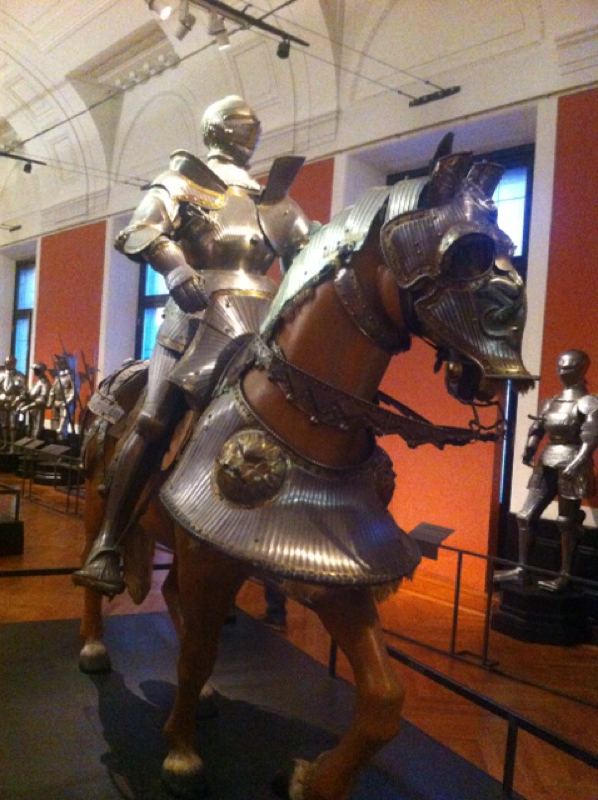
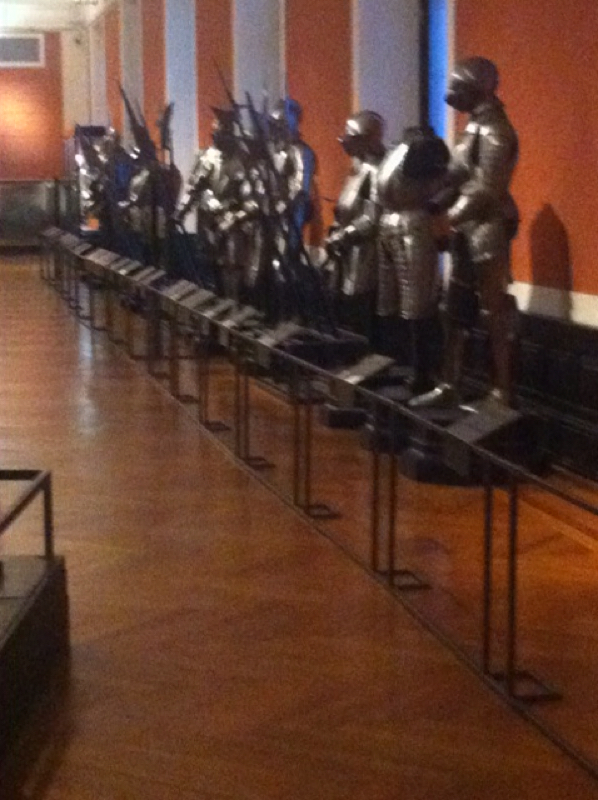
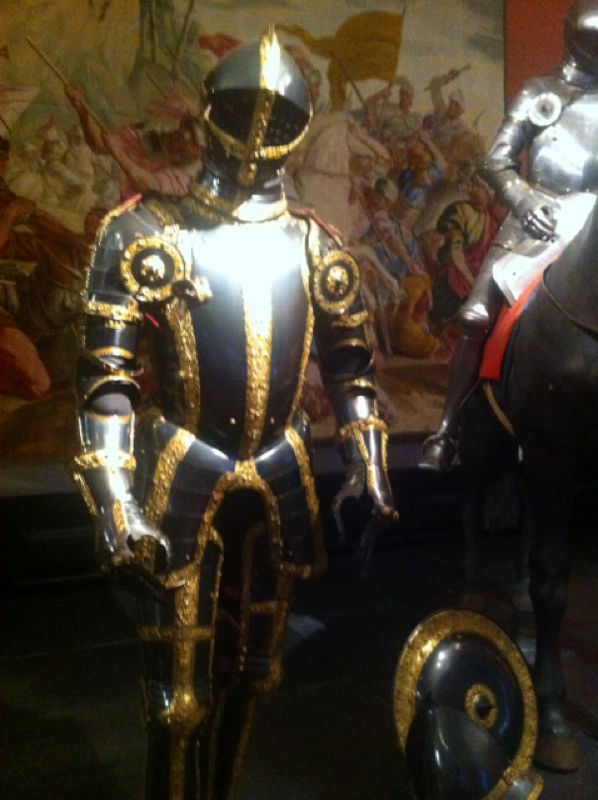
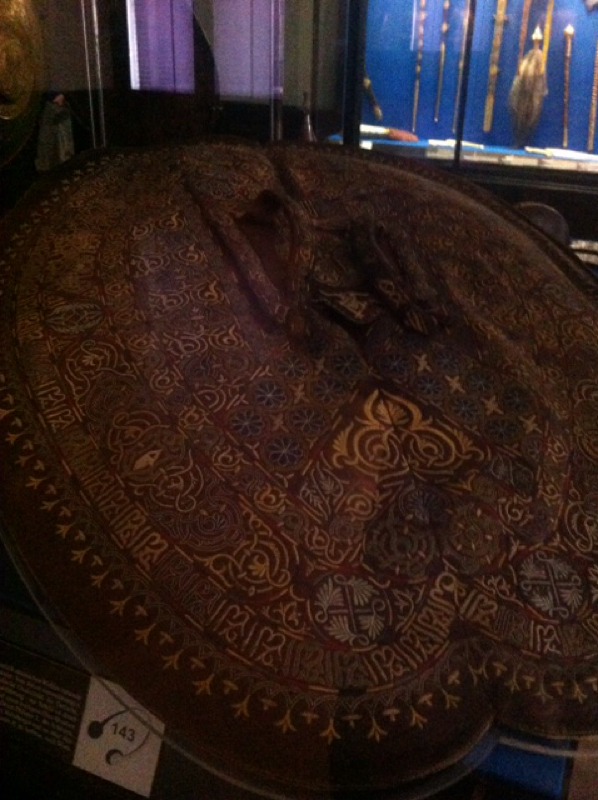
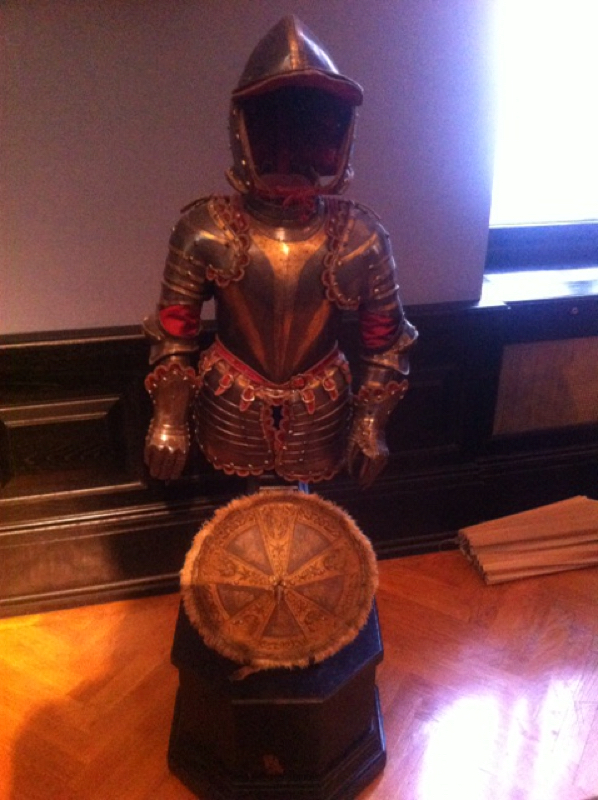
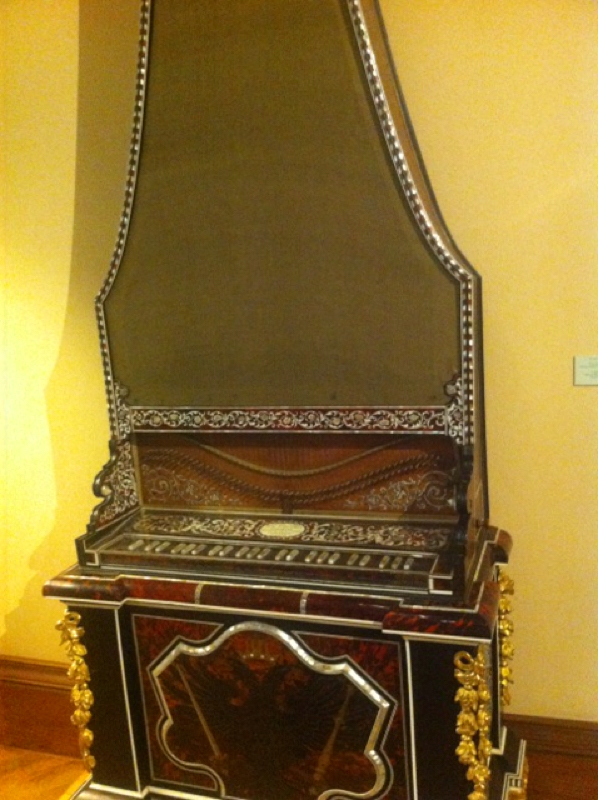
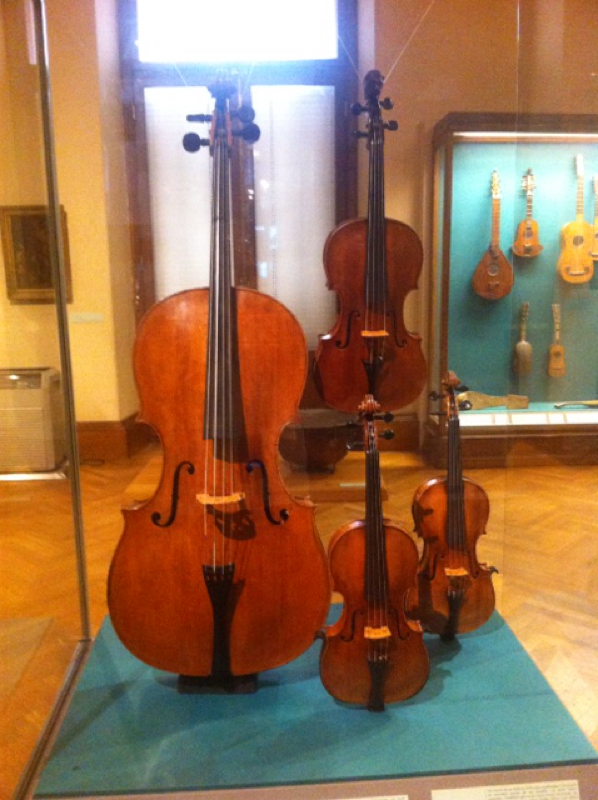
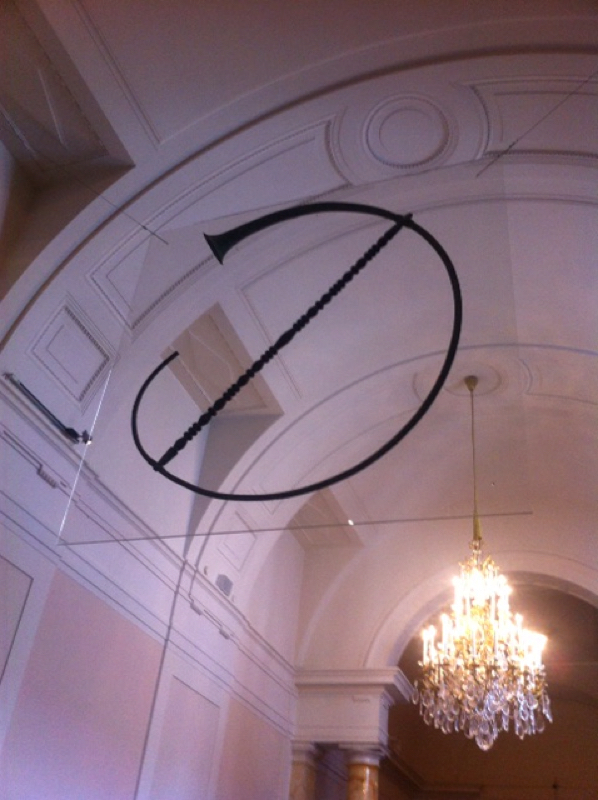
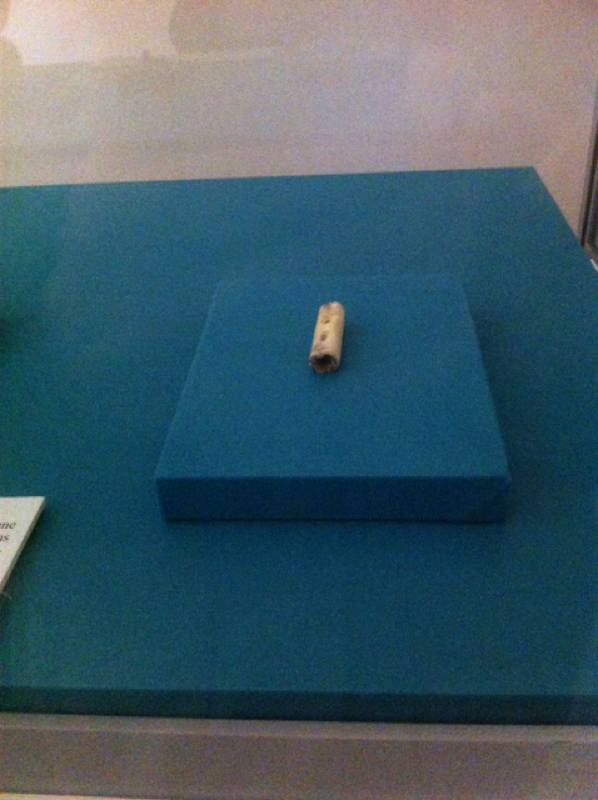
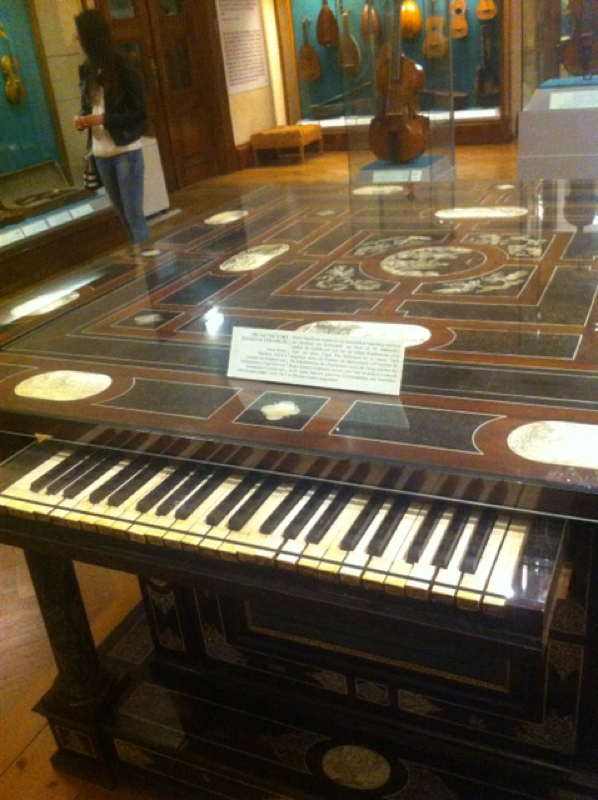
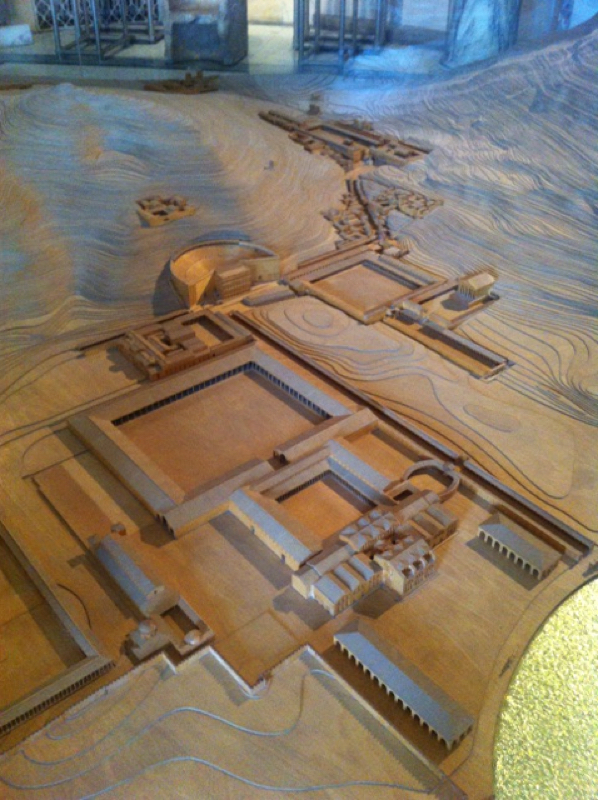
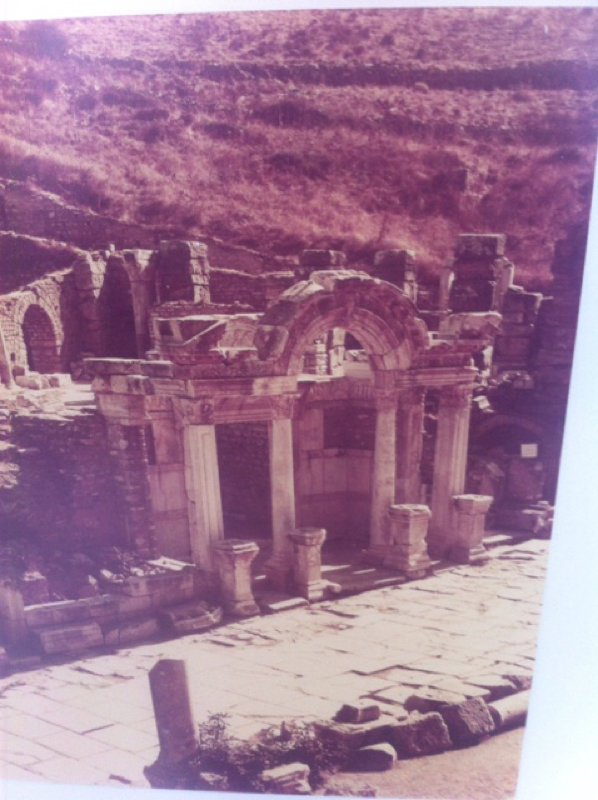
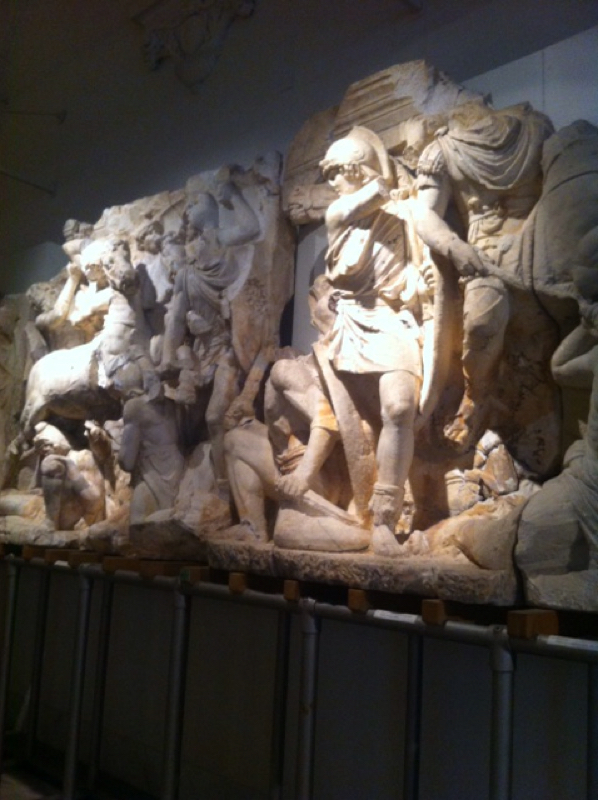
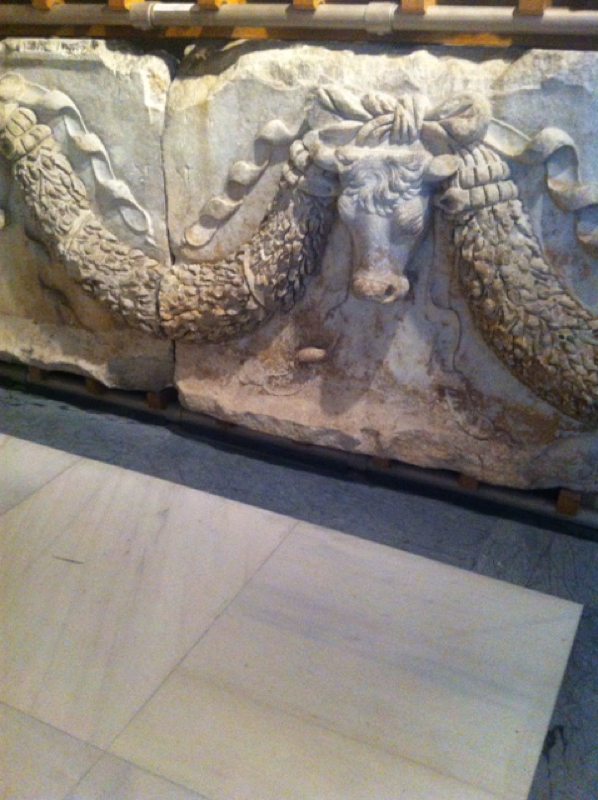
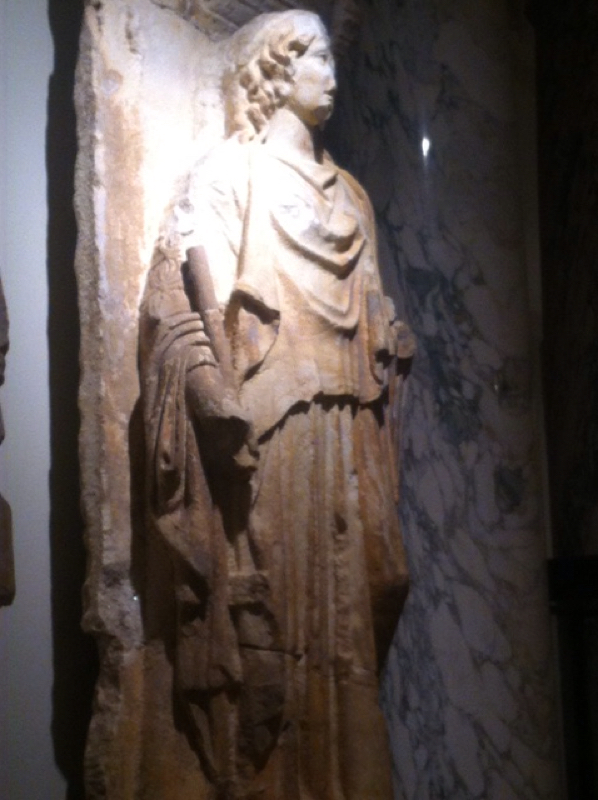
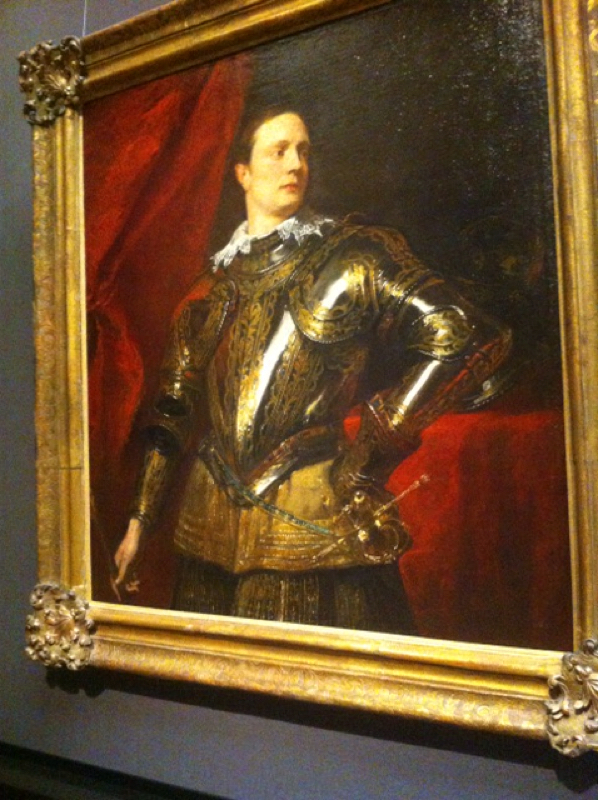
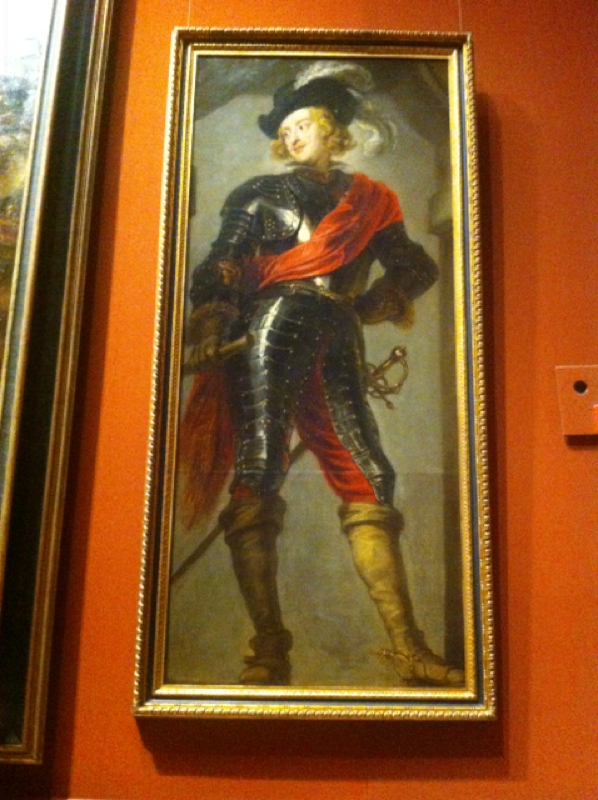
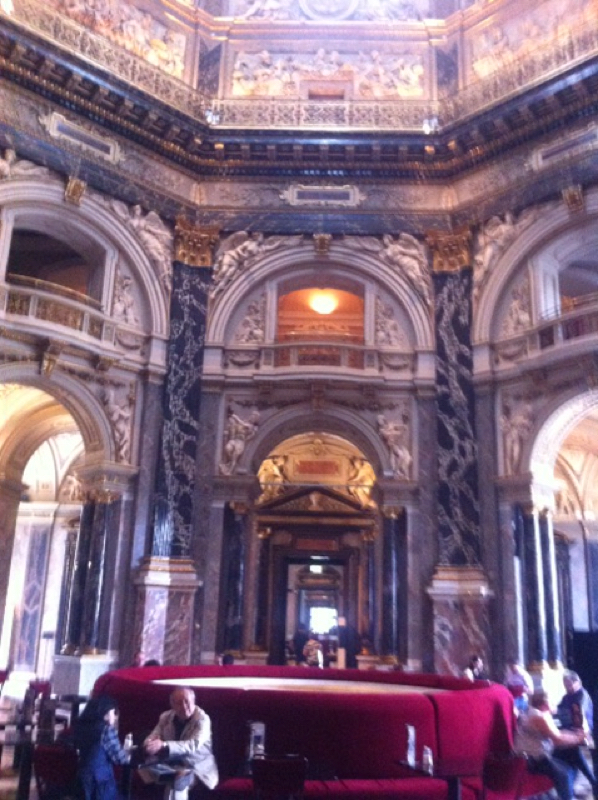
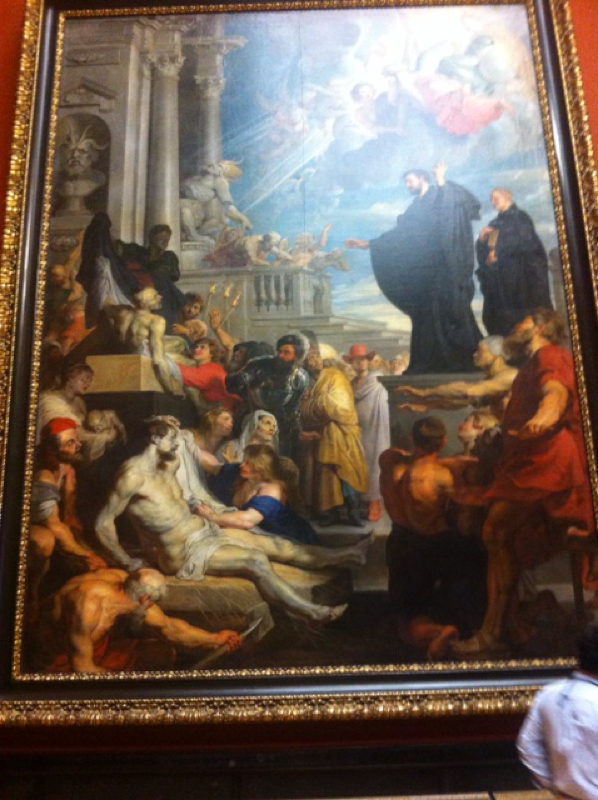
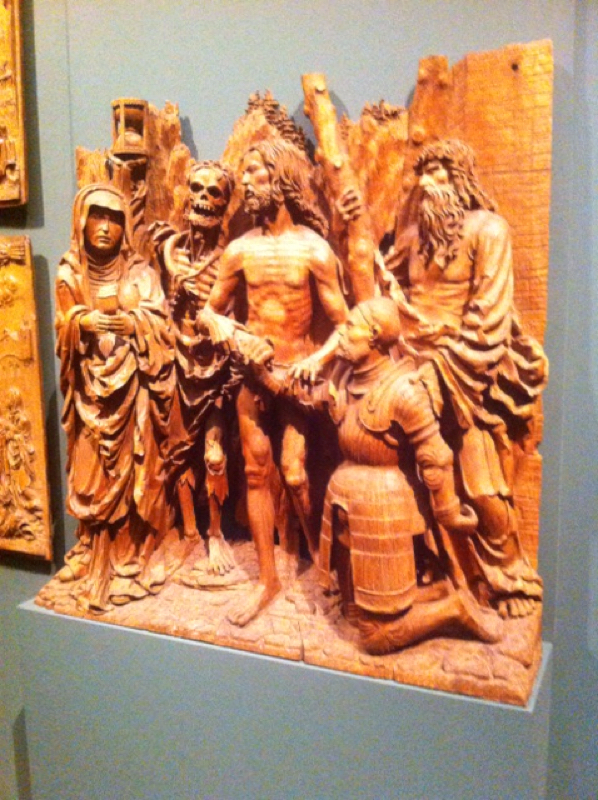
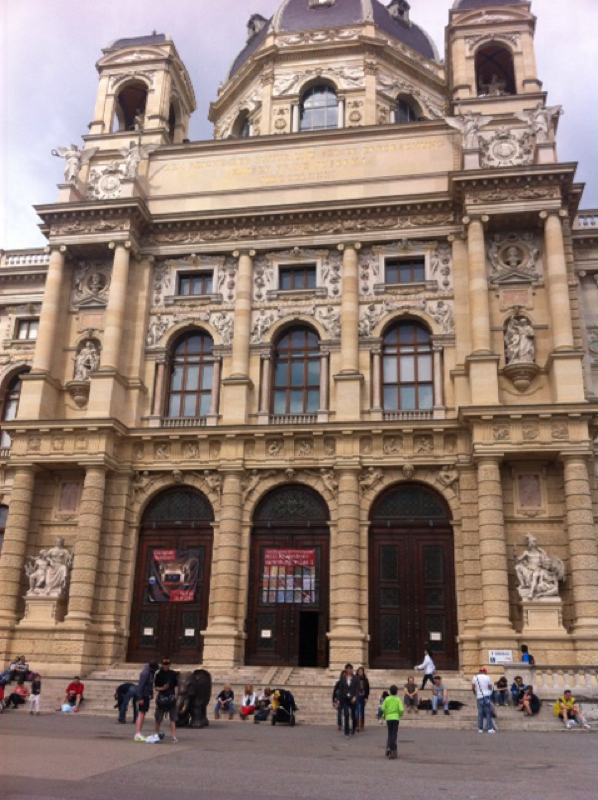
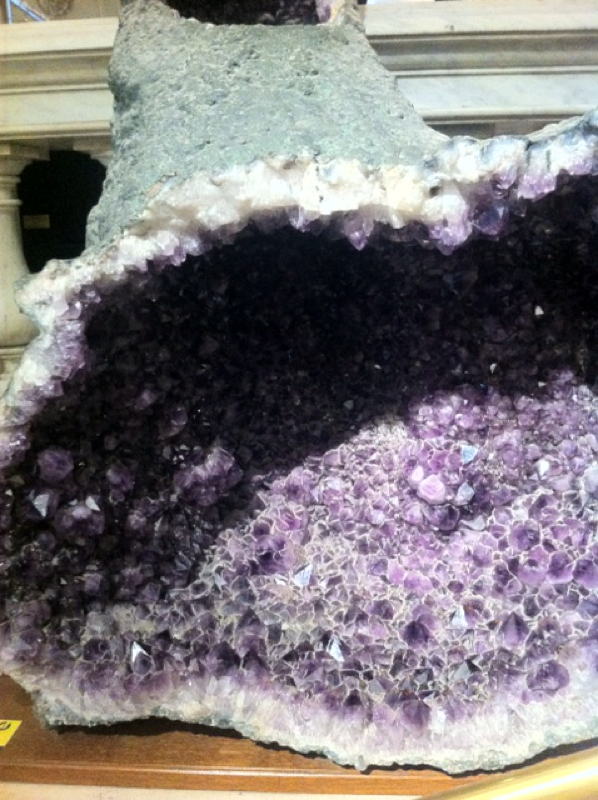
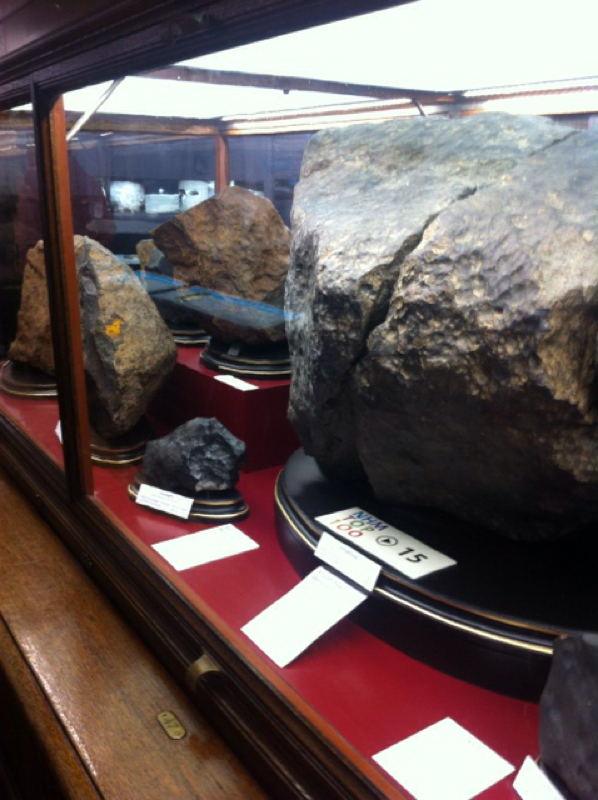
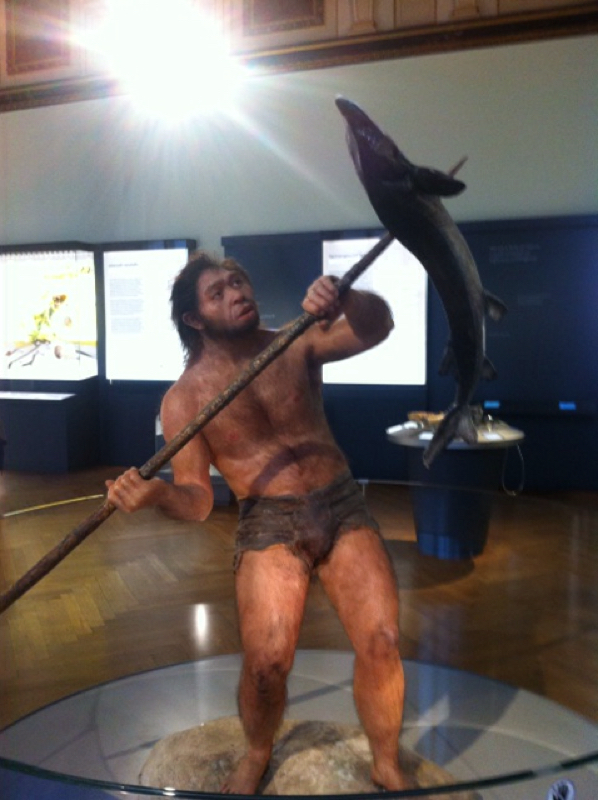
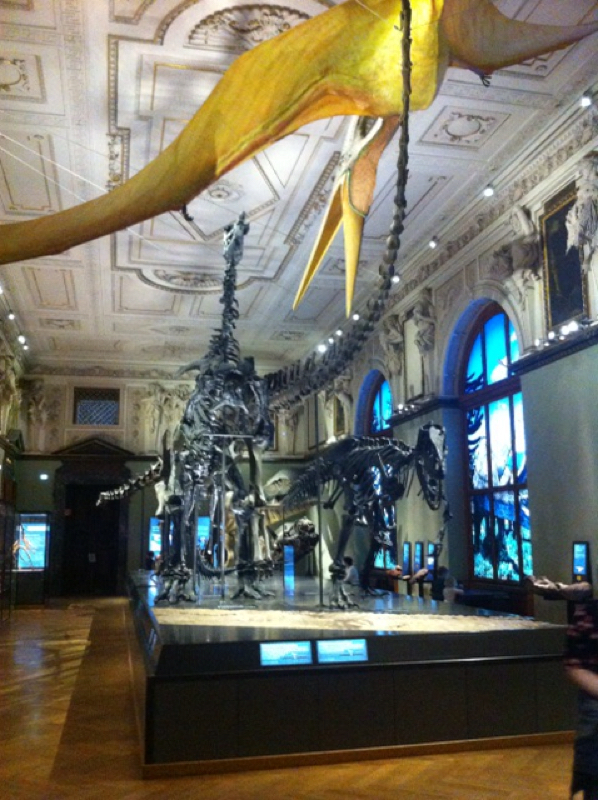
 RSS Feed
RSS Feed
